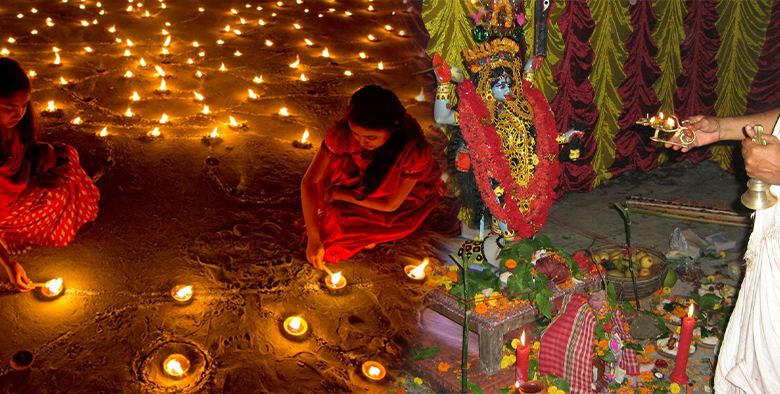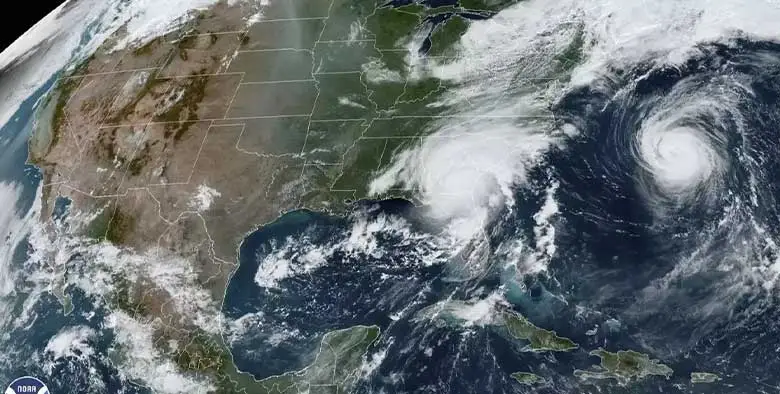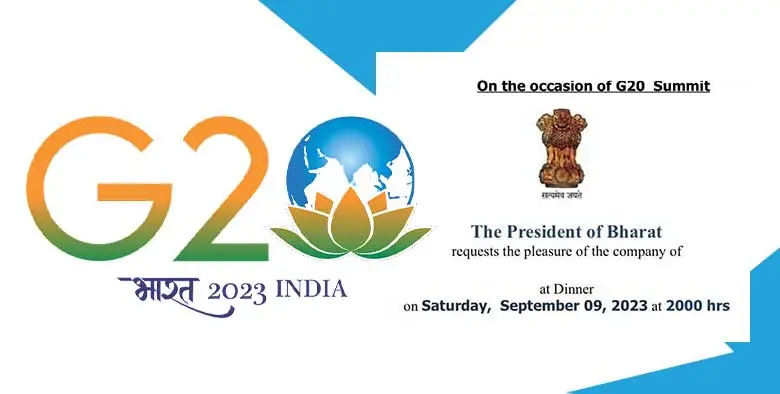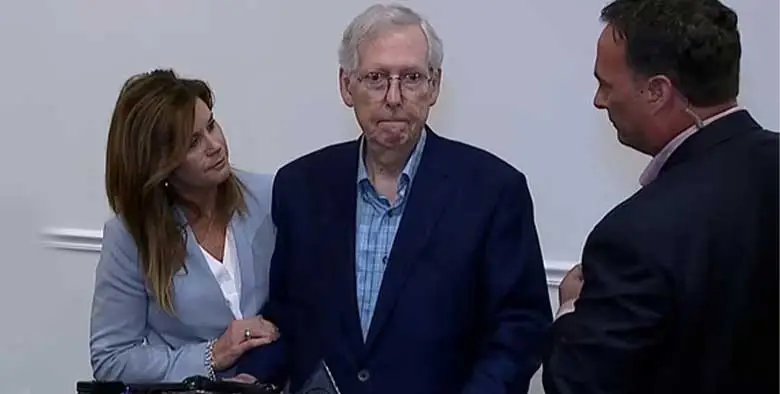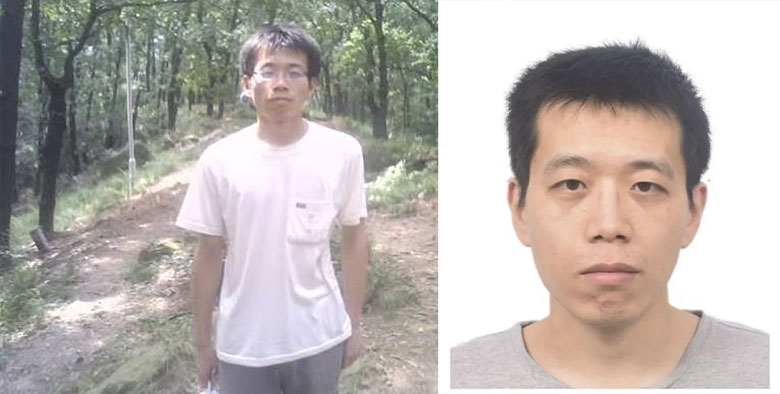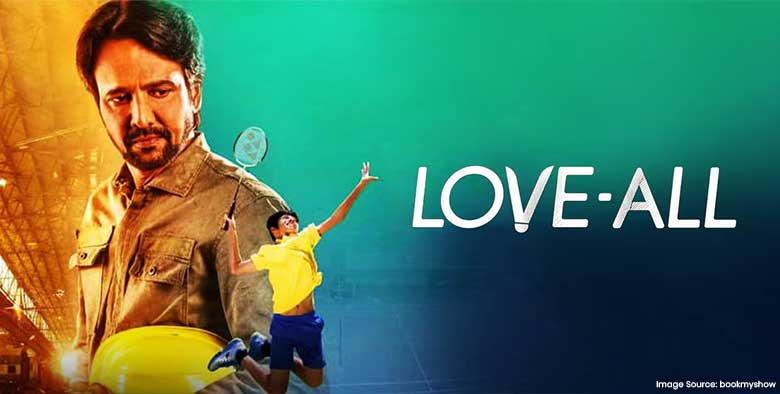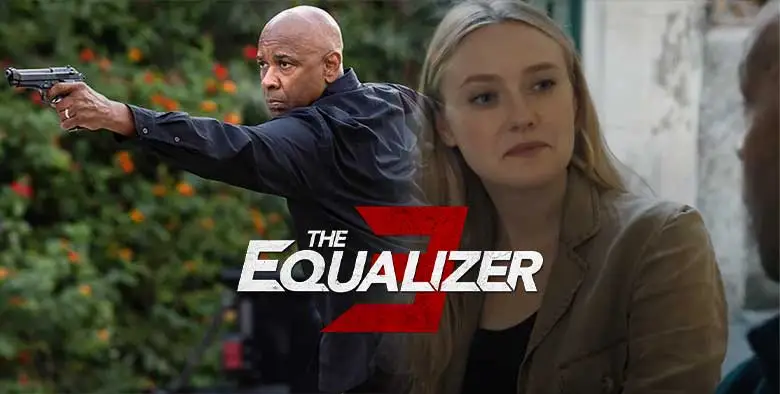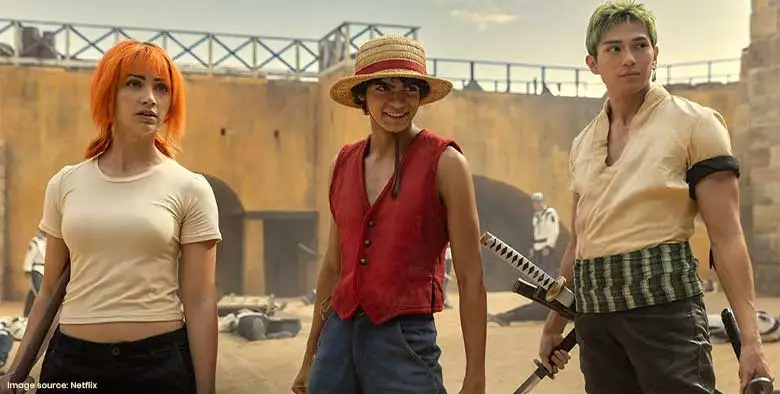Diwali 2022: From Ayodhya to Kolkata, Here’s How Parts of India Celebrate the Festival of Light!
Diwali 2022 is finally here! The festival of light has different meanings for different people as some treats it as an occasion where families get reunited, and some treats it as a time when they could earn to fulfil their needs. A single fest with different names clearly indicates the structure of unity in diversity of our country. But did you know Diwali is not celebrated uniformly across India? In fact, the festival holds different meaning for different communities.
Also Read: Festive Fashion: 6 Trendy Outfits to Rock this Diwali!
Significance of Deepawali, A Hindu-Oriented Theory
This year, Diwali is celebrated on October 24, 2022, and the five-day festival has begun from October 22, 2022, by marking the celebration of God Dhanavantri and will conclude on on October 26, with the celebration of Bhai Dooj.
According to the Indian mythology, on the day of Diwali, Lord Rama returned back to Ayodhya after defeating Ravan, the demon king of Ceylon (Lanka). To celebrate the return of their beloved king Rama, the people of Ayodhya decorated their houses and lit lamps at their doorsteps.
One more legend associated with the celebration of Diwali states: “On the auspicious night of Diwali, goddess Laxmi goes out to the earth to offer the blessings of prosperity and sufficiency.” Thus, to welcome the goddess of happiness and prosperity, people arrange their houses accordingly and lit lamps on their doorsteps at night. Well, the legends are numerous, and it is on to you which one you would prefer to go with. But, a common cause behind the celebration of Diwali is to celebrate the power of light over darkness. The triumph over evil.
After learning the significance of Diwali, let us discuss how people celebrate this festival in different parts of the country.
Diwali Celebration In North And Central India
In most northern and central regions of the country, Diwali is celebrated with a stunning layer of joy as people clean their houses and decorate it with various lights and diyas. Some people even decorate their houses with a combination of flowers and artificial lights. Besides this, family members draw Rangoli at their doorsteps and yards.
After finishing all these choruses in the evening, families gather to celebrate Maa Laxmi Puja at their households or offices and decorate lamps to lit every corner of their home. Following the puja, people come out to burn firecrackers and fireworks with their neighbours and share best wishes and sweets among themselves.
Disclaimer: Using firecrackers is not good for individuals' health, animals and the environment. So, avoid using firecrackers and spend more time with friends and family for the celebration.
How Diwali Is Celebrated In East India?
In the eastern part of the country, including West Bengal, Assam and nearby regions, Diwali is celebrated as Kali or Shyama Puja, which takes place at the night of Diwali.
Goddess Kali is known to be the protector from evil forces. Some legends suggest, she is an incarnation of Goddess Durga who came to the earth to kill Mahishasur.
To commemorate Maa Durga's Kali incarnation, people celebrate Kali puja on the occasion of Narakachaudashi (a day before Diwali). As a celebration ritual, people belonging to the Bengali community light 14 diyas at their homes on Narakachaudashi. Besides this, many committees set up Maa Kali-themed pandals and melas.
As a sign of gesture, people offer sweets, lentils, rice and fish to Maa Kali. People can go to Kolkata's Dakshineshwar and Kalighat temples. According to some mythical facts, Maa Kali is also the goddess of sorcery and black magic. So, some people devote a special puja associated with black magic.
Why Do Southern States Like Kerala Not Celebrate Diwali?
Although the festival of light is celebrated with much joy and enthusiasm in north and central India, it has no charm in the south. It is because the Southern state of Kerala believes in a mythological fact that their state is the kingdom of Mahabali, an Asura king. The king donated his entire kingdom, including himself, to Vaman Dev to fulfil his promise. So, to commemorate his sacrifice, Keralites celebrate Onam instead of Diwali.
A second dimension that describes why Keralites do not show enough interest in Diwali celebration involves their cultural background. According to population breakdown, majority of Keralites belong to either Muslim or Christian communities, and remaining Hindus are Mahabali or Krishna believers. This is why Diwali is not a popular festival in Kerala.
Another dimension in this context involves the weather condition. Every year, Diwali lies in the mid of October-November, and this is the time when southern states receive intense rainfall. Due to this reason, the festival of light does not find enough traces in South India.
From the celebration of Ram Rajya in Ayodhya to the devotion of Ma Kali in Kolkata, the festival of light has different meanings for everyone. But it is celebrated with immense happiness across India and is one of the most important festival of the country.
While every one of us goes out to enjoy the festive season with our family members, it is also a time when some come out in the hope of starting a new life. So, let us support those small traders and local artisans who rely on us for their livelihood. Other than them, we should also avoid using firecrackers and instead light an extra lamp as a sign of happiness and prosperity.